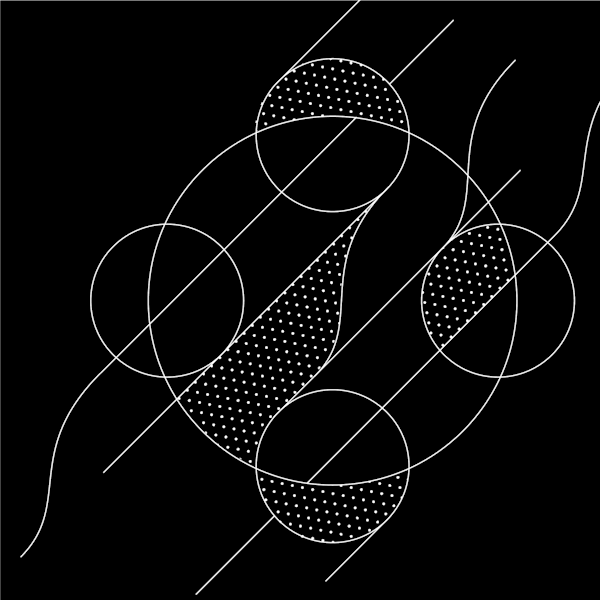Was ist Task Mining?
Mit Task Mining können Sie Benutzerinteraktionsdaten erfassen, um die Arbeitsweise Ihrer Teams zu verstehen und zu optimieren. Das Ergebnis: gesteigerte Produktivität und zufriedenere Mitarbeiter/innen.

Task Mining-Software
Wenn Task Mining und Process Mining in Kombination eingesetzt werden, erhalten Unternehmen einen vollständigen Überblick über den tatsächlichen Ablauf Ihrer Geschäftsprozesse – einschließlich aller Schritte, die außerhalb der Hauptsysteme stattfinden. Das kann das Schreiben einer E-Mail sein oder das Ausfüllen einer Excel-Tabelle.
Process Mining vs. Task Mining
Um die interne Funktionsweise eines Unternehmens zu verstehen, können Sie zwei wichtige Datenquellen betrachten:
Geschäftsdaten
Benutzerinteraktionsdaten
Process Mining analysiert Geschäftsdaten. Also die Daten, die in Ihren Quellsystemen als Event-Logs mit Zeitstempel gespeichert werden. Process Mining erfasst diese Daten in Echtzeit, zum Beispiel wenn eine Bestellung erstellt wird, oder wenn sie genehmigt, erfüllt und versendet wird, usw. So wird jeder Prozessschritt – und jede Abweichung davon – sichtbar. Darüber hinaus findet Process Mining bisher verborgene Wertpotenziale in Ihren Prozessen und Möglichkeiten, diese zu heben. Sie können es sich wie ein lebendiges Röntgenbild Ihres Unternehmens vorstellen.
Task Mining analysiert Interaktionsdaten auf dem Desktop. Damit sind die einzelnen Aktionen gemeint, die Mitarbeiter zur Bearbeitung eines Prozessschrittes auf ihrem Desktop ausführen. Also zum Beispiel das Ausfüllen des Bestellscheins, die Überprüfung der Kosten in Excel, der Abgleich von Rechnungen und Quittungen in Adobe, oder auch die zehn Minuten, für die Suche eines potenziellen Kunden auf LinkedIn. Task Mining erfasst also Aktionen wie beispielsweise Mausklicks, Kopieren und Einfügen, sowie Zeitaufwand pro Anwendung, und andere unterstützende Daten. So erhalten Sie ein realitätsgetreues Bild, wie genau Teams ihre Arbeit erledigen, wo es Potenziale gibt, die Effizienz zu steigern, Mitarbeiter zu entlasten oder Arbeitsschritte einfacher zu gestalten.

Finden Sie Wertpotenziale mit Celonis Task Mining
So funktioniert Celonis Task Mining
Der Celonis Task Mining Client erfasst Daten zur Benutzerinteraktion, wie z.B. Klicks, Kopieren und Einfügen oder Zeitaufwand pro Anwendung. Anschließend werden diese Daten auf Klick- und Scroll-Ebene in ein Celonis Process Data Model integriert. Die Celonis Process Data Engine verarbeitet und visualisiert abschließend die Daten, sodass ihre Teams ihr Nutzerverhalten und den Umgang mit verschiedenen Anwendungen verstehen können.
1. Daten zur Benutzerinteraktion erfassen
Erfassen Sie Mausklicks und Aktionen wie Kopieren und Einfügen, die benötigte Zeit pro Anwendung und mehr — inklusive Zeitstempeln und Screenshots.
2. Daten mit Prozesswissen integrieren
Celonis Task Mining integriert diese Daten in ein Celonis Prozessdatenmodell, während es kontinuierlich und automatisch neue Erkenntnisse aus eingehenden Daten erfasst.
3. Daten analysieren
Verarbeitet durch die Celonis Process Data Engine, können Sie mit Task Mining das Benutzerverhalten über alle Anwendungen hinweg verstehen und Verbesserungsmöglichkeiten identifizieren.
Celonis Task Mining: ein leistungsstarkes Werkzeug
So steigern Sie mit Task Mining Ihre Unternehmensperformance
Geschäftsdaten sind chaotisch. Verschiedene ERP-Systeme, ungewöhnliche Datenformate und Informationslücken machen es Ihnen schwer, ein genaues, dynamisches Bild über den Ablauf Ihrer Geschäftsprozesse zu erhalten.
Aber in Sachen Komplexität stehen ihnen Benutzerinteraktionsdaten — sowie die Vielfalt an Möglichkeiten, wie Menschen mit Software interagieren — in nichts nach.
Task Mining schafft in all dem Chaos Klarheit und zeigt Ihnen, welche Arbeitsschritte und Abläufe den größten Einfluss auf ihre Unternehmensperformance haben.
Celonis kann diese Arbeitsschritte den entsprechenden Geschäftsprozessen zuordnen. So sehen Sie direkt die Zusammenhänge zwischen Optimierungsmaßnahmen, Effizienz und KPIs.
Diese Verknüpfung macht Celonis Task Mining aus. Wir bieten die einzige Lösung, die in diesem Umfang Prozesswissen mit Nutzerverhalten kombiniert.
Task Mining hat diverse Vorteile. Es ermöglicht:
Zu verstehen, wie Teams ihre Arbeit außerhalb Ihrer Hauptsysteme ausführen
Die Produktivität und das Arbeitserlebnis Ihrer Mitarbeiter/innen zu messen und zu optimieren
Den Zeitaufwand für nicht wertschöpfende Aktivitäten zu verringern
Den Schulungsbedarf von Teams und die Akzeptanz von Anwendungen zu ermitteln
Den Arbeitsalltag Ihrer Mitarbeiter/innen verbessern
Die Frage ist also nicht, ob Sie sich für Process Mining oder Task Mining entscheiden sollten. Vielmehr geht es darum, dass Sie beide Technologien Seite an Seite in Ihrer Transformation nutzen. Die Anwendungsfälle für Task Mining sind — ebenso wie die Anwendungsfälle für Process Mining — unbegrenzt. Beide Technologien können auf jeden Prozess angewendet werden: von der Beschaffung bis zur Kreditorenbuchhaltung, von der Auftragsverwaltung bis zur Debitorenbuchhaltung – kurz: über Ihre gesamte Prozesslandschaft hinweg.
Darüber hinaus kann Task Mining entsprechend den individuellen Datenschutzanforderungen konfiguriert werden. Fortschrittliche Datenschutzfunktionen stellen sicher, dass nur relevante Benutzerinteraktionsdaten erfasst und anonymisiert werden, sensible Daten verborgen bleiben und nur zugelassene Personen die gesammelten Informationen einsehen können. Weitere Informationen finden Sie im Whitepaper Task Mining Data Protection by Design.
Sie wollen mehr über Process Mining erfahren?
Besuchen Sie unsere Live-Demo und:
Verstehen Sie, wie Process & Task Mining funktionieren
Lernen Sie diesen Ansatz zur Prozessoptimierung kennen
Sehen Sie die Best Practices für eine erfolgreiche Implementierung
Entdecken Sie Lösungen und Anwendungsfälle aus der Praxis
